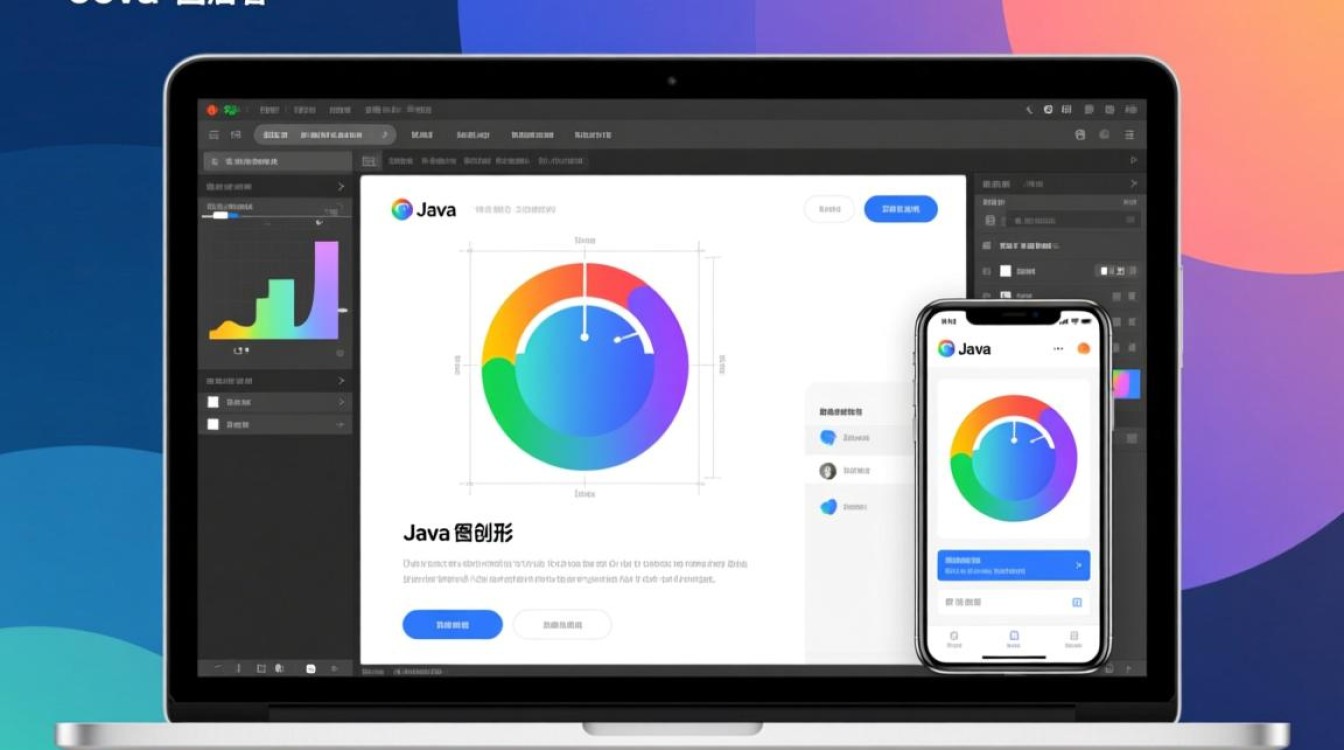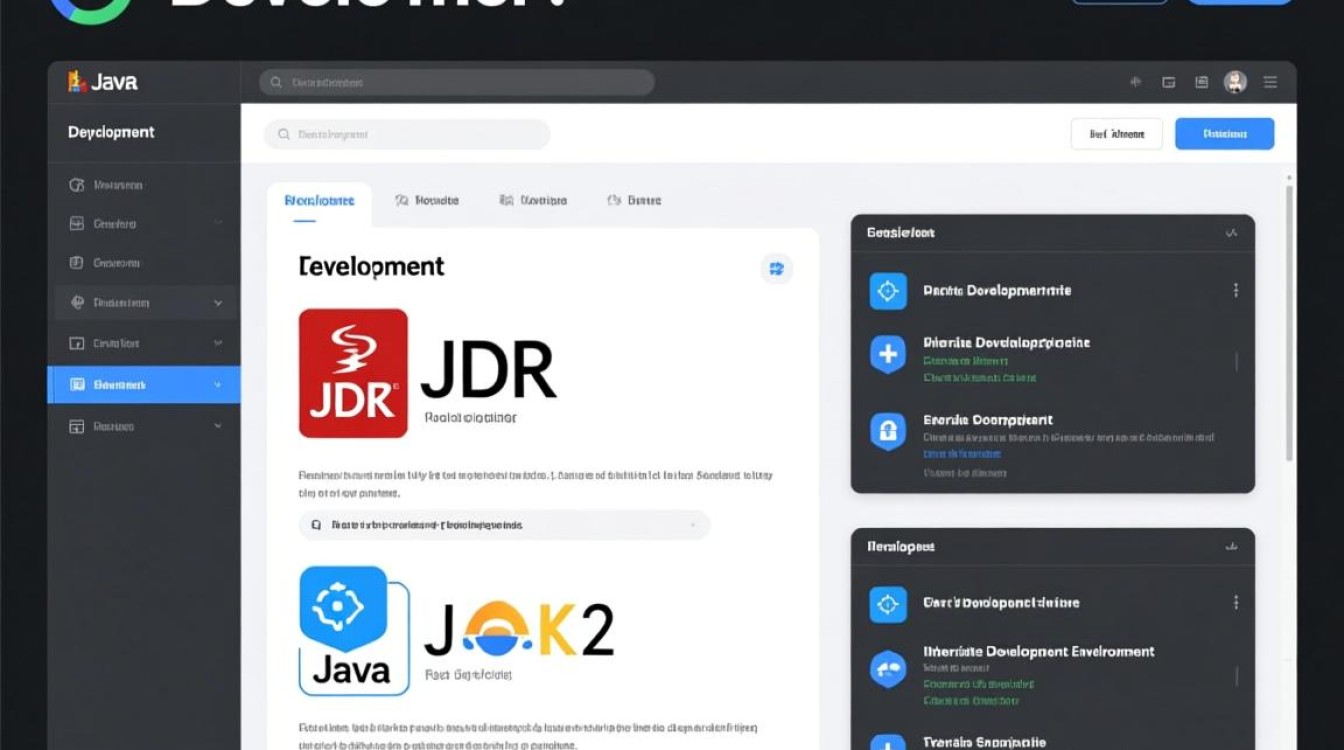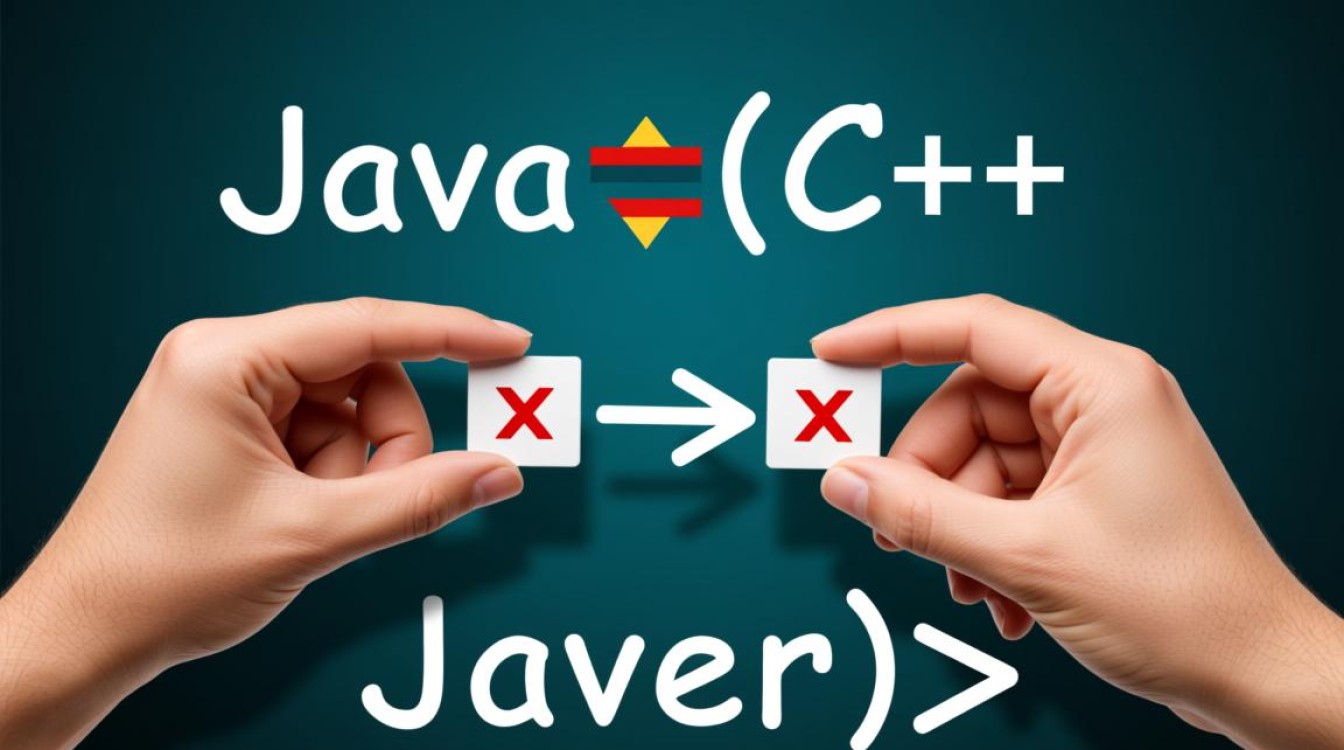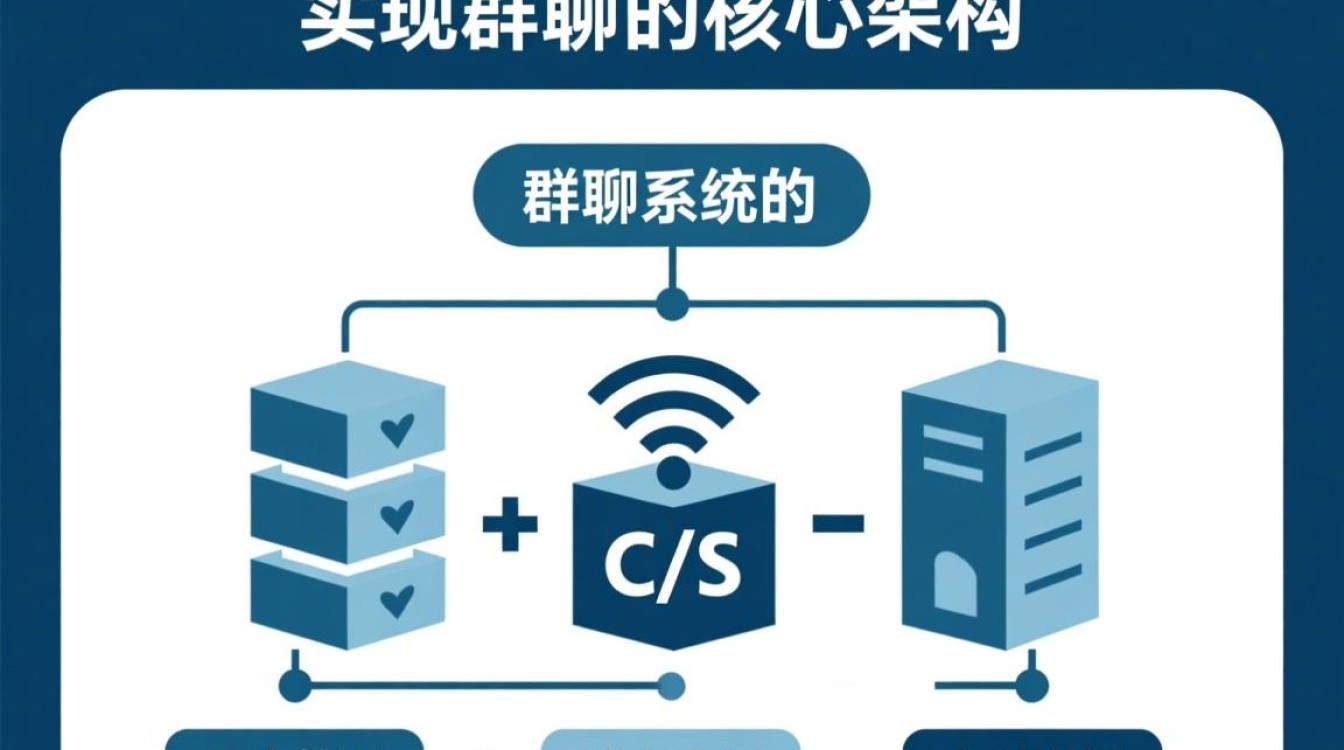Java接收JSON数组对象的方法与实践
在Java开发中,处理JSON数据已成为一项基础技能,JSON(JavaScript Object Notation)以其轻量级、易读性和跨语言兼容性,成为数据交换的主流格式,JSON数组对象(即由多个JSON对象组成的数组)在前后端交互、API调用等场景中频繁出现,本文将详细介绍Java接收JSON数组对象的多种方法,包括使用原生JSON库、第三方库(如Jackson、Gson)以及Spring框架中的集成实践,帮助开发者高效处理JSON数据。

JSON数组对象的基本概念
JSON数组对象是指用方括号[]包裹的多个JSON对象的集合,
[
{"id": 1, "name": "Alice", "age": 25},
{"id": 2, "name": "Bob", "age": 30},
{"id": 3, "name": "Charlie", "age": 28}
]
在Java中,接收这样的数据通常需要将其转换为List、数组或自定义对象集合,选择合适的方法取决于项目需求、性能要求以及依赖库的支持情况。
使用原生JSON库(如org.json)
Java标准库本身不直接支持JSON处理,但可以通过org.json库(非标准,需手动引入)实现基本功能,以下是接收JSON数组对象的步骤:
-
添加依赖
在Maven项目的pom.xml中添加:<dependency> <groupId>org.json</groupId> <artifactId>json</artifactId> <version>20231013</version> </dependency> -
解析JSON数组
通过JSONArray类解析字符串形式的JSON数组:import org.json.JSONArray; import org.json.JSONObject; public class JsonArrayExample { public static void main(String[] args) { String jsonString = "[{\"id\":1,\"name\":\"Alice\"},{\"id\":2,\"name\":\"Bob\"}]"; JSONArray jsonArray = new JSONArray(jsonString); // 遍历JSON数组 for (int i = 0; i < jsonArray.length(); i++) { JSONObject jsonObject = jsonArray.getJSONObject(i); int id = jsonObject.getInt("id"); String name = jsonObject.getString("name"); System.out.println("ID: " + id + ", Name: " + name); } } }优点:轻量级,无需额外配置;缺点:功能有限,需手动处理类型转换,适合简单场景。
使用Jackson库
Jackson是Java生态中最流行的JSON处理库之一,广泛应用于Spring Boot项目,其高效性和灵活性使其成为复杂JSON处理的首选。
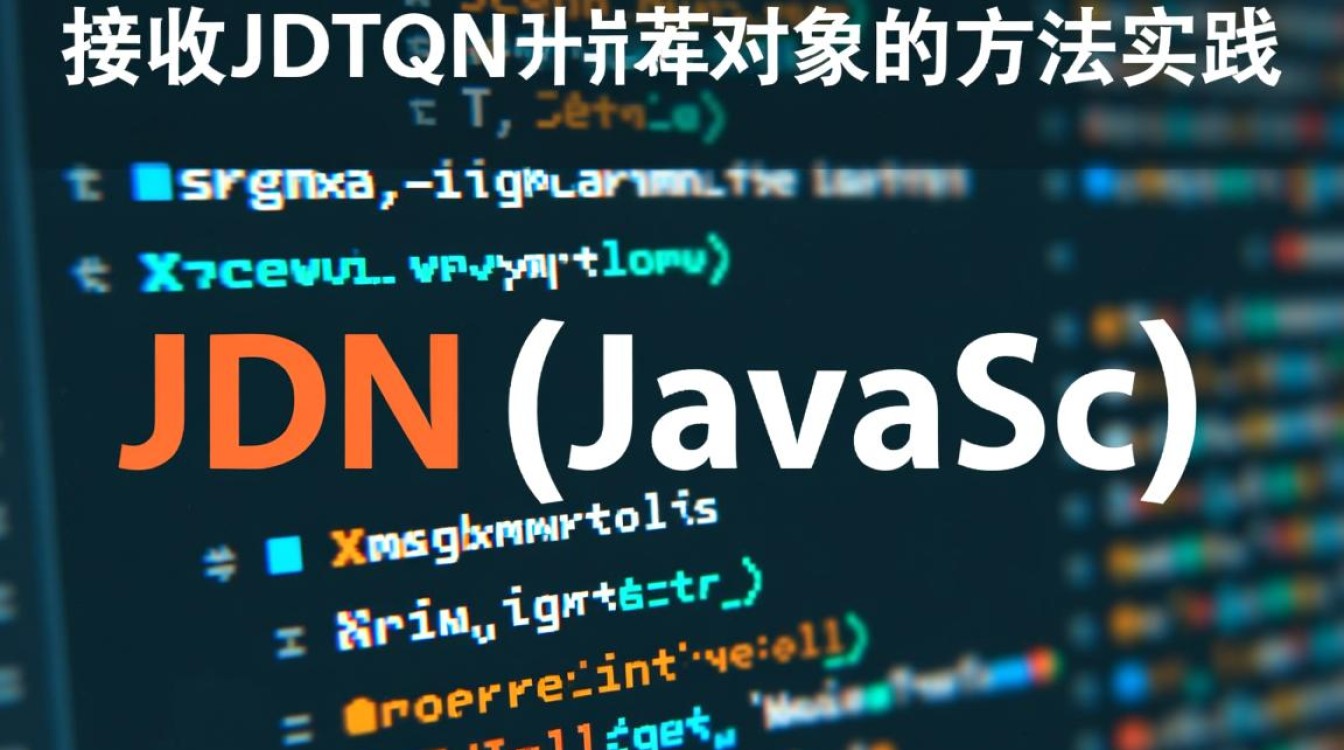
-
添加依赖
Maven依赖:<dependency> <groupId>com.fasterxml.jackson.core</groupId> <artifactId>jackson-databind</artifactId> <version>2.15.2</version> </dependency> -
将JSON数组转换为List
通过ObjectMapper实现自动映射:import com.fasterxml.jackson.core.type.TypeReference; import com.fasterxml.jackson.databind.ObjectMapper; import java.util.List; import java.util.Map; public class JacksonExample { public static void main(String[] args) throws Exception { String jsonString = "[{\"id\":1,\"name\":\"Alice\"},{\"id\":2,\"name\":\"Bob\"}]"; ObjectMapper objectMapper = new ObjectMapper(); // 转换为List<Map> List<Map<String, Object>> list = objectMapper.readValue(jsonString, new TypeReference<List<Map<String, Object>>>() {}); list.forEach(item -> System.out.println(item)); // 转换为自定义对象List List<User> userList = objectMapper.readValue(jsonString, new TypeReference<List<User>>() {}); userList.forEach(user -> System.out.println(user.getId() + ": " + user.getName())); } } class User { private int id; private String name; // Getters and Setters }优点:支持复杂对象映射,性能高;缺点:需自定义实体类,学习成本略高。
使用Gson库
Gson是Google推出的JSON处理库,以简洁的API和良好的兼容性著称。
-
添加依赖
Maven依赖:<dependency> <groupId>com.google.code.gson</groupId> <artifactId>gson</artifactId> <version>2.10.1</version> </dependency> -
解析JSON数组
import com.google.gson.Gson; import com.google.gson.reflect.TypeToken; import java.lang.reflect.Type; import java.util.List; public class GsonExample { public static void main(String[] args) { String jsonString = "[{\"id\":1,\"name\":\"Alice\"},{\"id\":2,\"name\":\"Bob\"}]"; Gson gson = new Gson(); // 转换为List<Map> Type listType = new TypeToken<List<Map<String, Object>>>() {}.getType(); List<Map<String, Object>> list = gson.fromJson(jsonString, listType); list.forEach(System.out::println); // 转换为自定义对象List List<User> userList = gson.fromJson(jsonString, new TypeToken<List<User>>() {}.getType()); userList.forEach(user -> System.out.println(user.getId() + ": " + user.getName())); } }优点:API直观,支持泛型;缺点:性能略逊于Jackson。
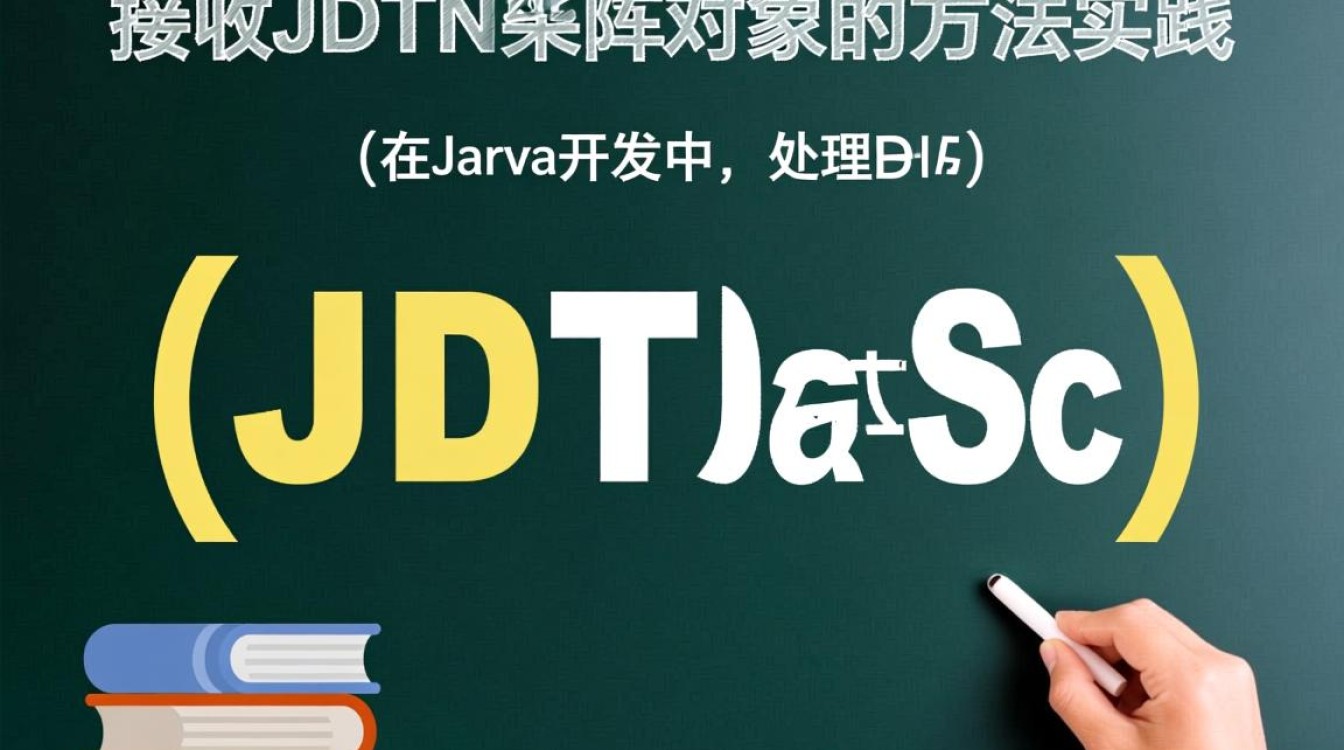
Spring框架中的JSON接收
在Spring Boot项目中,Controller层可直接接收JSON数组对象,无需手动解析。
-
配置Spring Boot
确保项目中包含spring-boot-starter-web依赖,它默认集成Jackson。 -
接收JSON数组
通过@RequestBody注解将请求体绑定到List或数组:import org.springframework.web.bind.annotation.PostMapping; import org.springframework.web.bind.annotation.RequestBody; import org.springframework.web.bind.annotation.RestController; import java.util.List; @RestController public class UserController { @PostMapping("/users") public String saveUsers(@RequestBody List<User> users) { users.forEach(user -> System.out.println(user.getId() + ": " + user.getName())); return "Received " + users.size() + " users."; } }注意事项:
- 前端请求需设置
Content-Type: application/json; - 自定义对象需提供无参构造方法和字段访问权限(或使用
@JsonProperty注解)。
- 前端请求需设置
性能优化与最佳实践
- 选择合适的库:高性能场景优先选择Jackson,简单场景可考虑
org.json或Gson。 - 异常处理:JSON解析可能抛出
JsonParseException,需添加try-catch块。 - 数据校验:使用
@Valid注解结合JSR-303(如Hibernate Validator)校验请求数据。 - 避免内存泄漏:大JSON文件建议使用流式API(如Jackson的
JsonParser)。
Java接收JSON数组对象的方法多样,开发者可根据项目需求选择合适的技术方案,原生JSON库适合轻量级任务,Jackson和Gson提供更强大的功能,而Spring框架则简化了Web开发中的集成流程,掌握这些方法不仅能提升开发效率,还能确保数据处理的准确性和安全性,在实际应用中,建议结合日志记录和单元测试,进一步优化JSON处理的健壮性。
